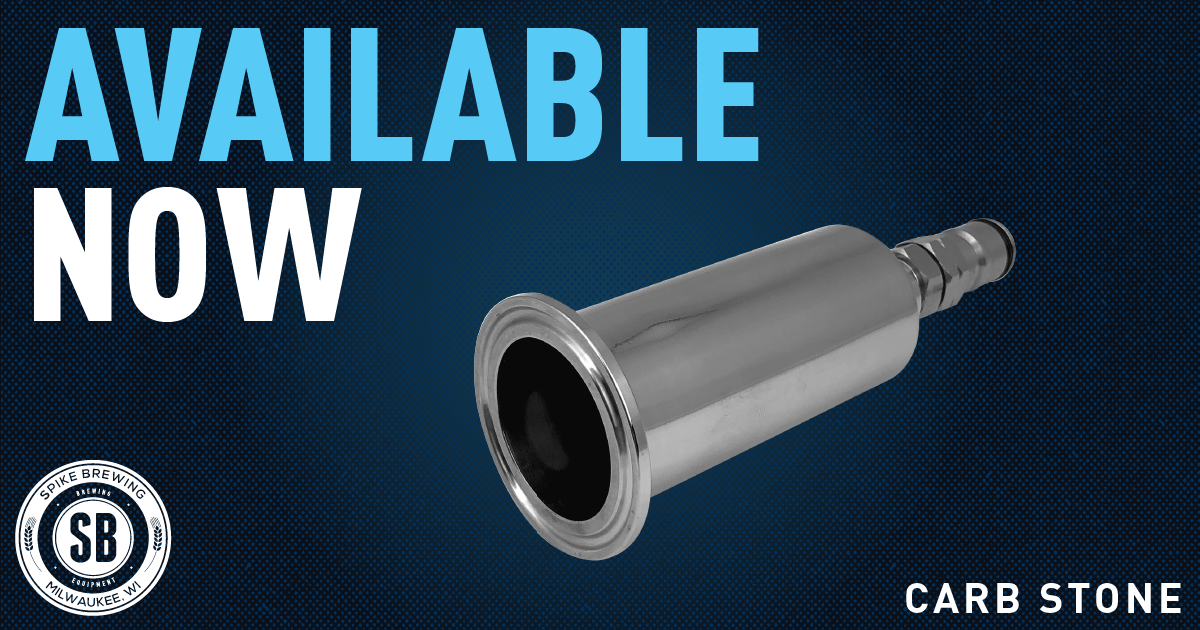Introducing the new Spike Carb Stone!
A carb stone uses a sintered metal ‘stone’ which has very small pores. These pores diffuse gas into very small bubbles which can be easily dissolved into your beer. Typically a keg that is hooked up to a CO2 tank can take 5-7 days to fully carbonate. A carb stone can reduce that time to less than 24hrs! Since our conical fermenter is pressure rated to 15psi you can both ferment and carbonate in one unit. This eliminates the need for a separate, expensive brite tank.
At Spike we say, “Quality Matters.”. It’s not just a tagline or marketing fluff; we truly live by this. We had more than a handful of OEMs submit samples to us based on our drawings. These samples were then analyzed by the local university using an optical microscopy, SEM (scanning electron microscope) and EDS analysis to determine material composition and pore size. The results had quite the range and it goes to show that not every carb stone is equal. Some of the “5 micron” carb stones were closer to 50 microns! After the analysis was completed we can now confidently advertise our carb stone as 5 micron and that it does not have any toxic heavy metals.
We appreciate the patience with this product launch (all of our product launches)! We hope this gives some insight on our new product development process and quality standards; Quality Matters.



